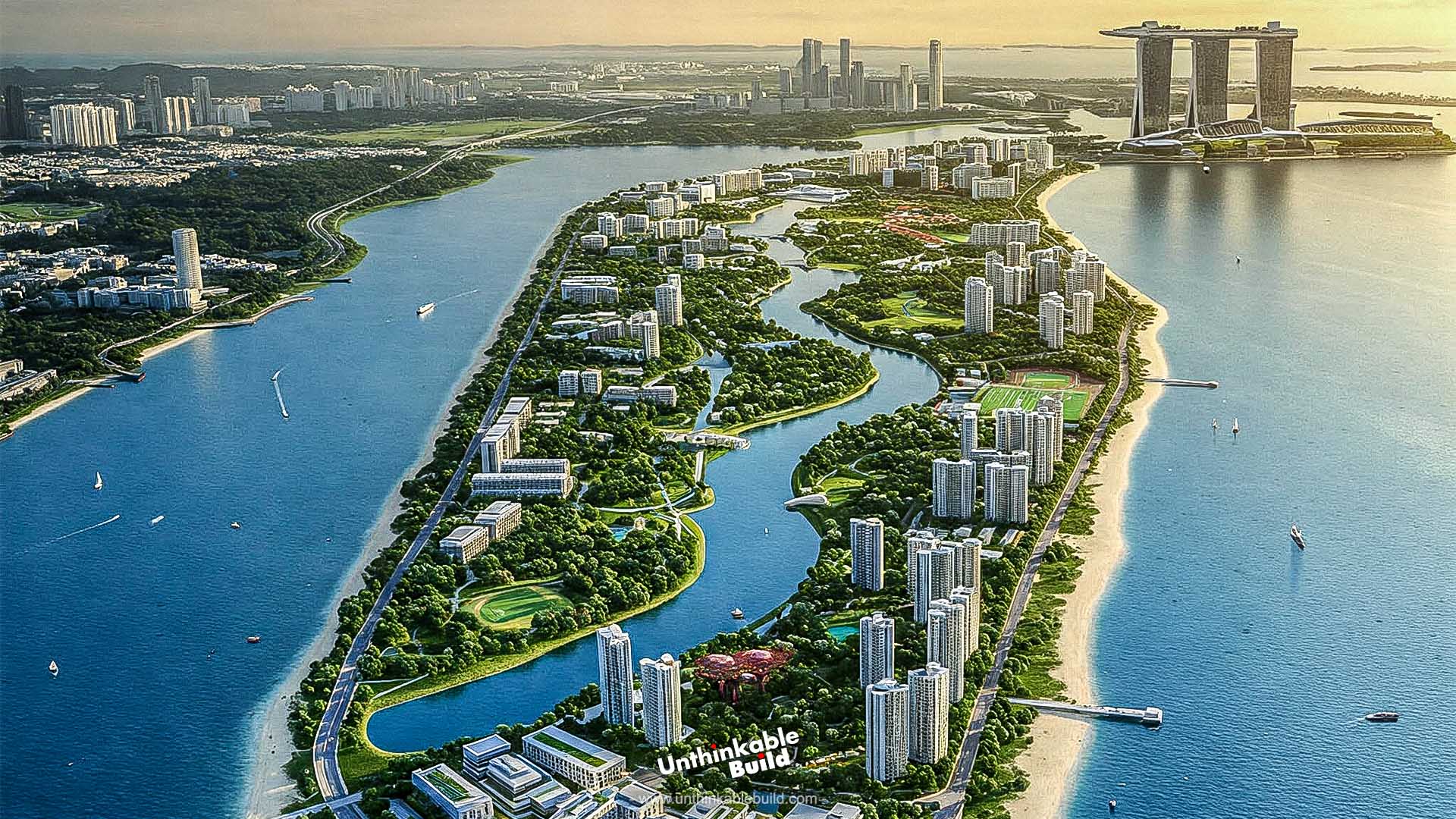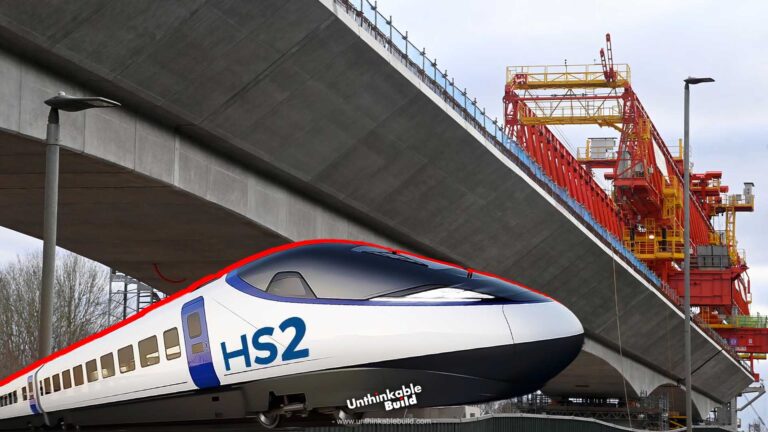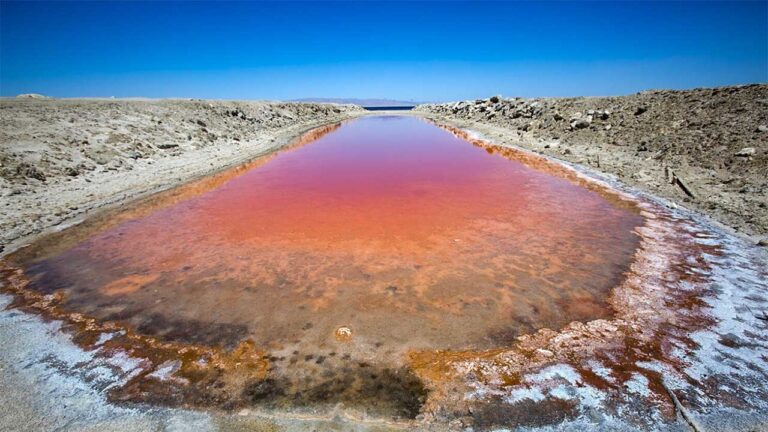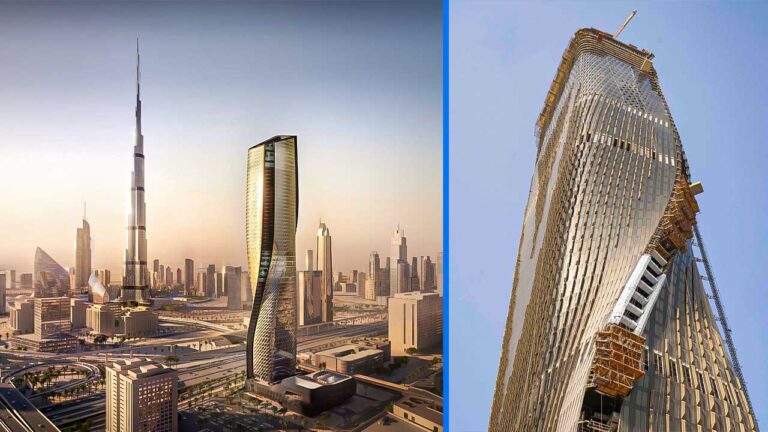Long Island: The Mega-Project That Will Either Save or Destroy Singapore
Singapore is a nation with a small land area and few natural resources that provide strong economic returns considering the high potential value of the land. Due to the type of land it is situated and the region is quite prone to the effects of climate change, it is highly urbanized. Singapore is currently dealing with some seriousness issues one of which is the rise in sea levels which is due to global warming. This poses potential long term damage to the coastline region and infrastructure that is built on reclaimed land. So as to deal with such issues, Singapore has proposed The Long Island Mega project, an endeavor worth 100 billion dollars. The purpose of this initiative is to minimize the land flooding problems in the country, support advanced urban setting constructs of the future, and to increase the urbanized land.
One critical consideration is that this project could enhance Singapore’s adaptability or increase vulnerability. Reclaimed land is the foundation of several developments in Singapore, including the construction of Changi Airport, Marina Bay, and East Coast Park, and serves as a testimony to the artificial islands built in the nation. Singapore has also experienced a 25% increase in its coastal areas alongside, the end of full borders reclamation. Additionally, Singapore underwent all of the aforementioned milestones after obtaining independence in 1965. In contrast with the last century, Singapore is no longer harvesting sand from its neighboring countries due to ceaseless ban on supplying nations sand exportation to Singapore. Now sand is extracted via long term ecologically balanced practices designated for sustaining coastal ecosystems, which environmentally-friendly approaches. Long-last changes will be occurred along directly serve Long Island in the coastal regions which will set an example for future initiatives.
Also Read: $7 Billion Ghost Airport: How Berlin’s Biggest Disaster Became a Triumph
The Long Island initiative calls for the construction of three new offshore islands. The first will be manufactured from Tanah Merah eastern Marina Bay while the last will use Marina East as the starting point. From a collective view, they will encompass roughly 800 hectares, or approximately 1000 football fields. These new islands will be engineered to sit higher than the existing mainland. This height will serve as a physical blockade against sea-level rise and impending floods while reclaiming construction will be completed over several decades to adapt to geological and coastal alteration requirements.
To aid in the Long Island Expansion, a new artificial island will act as the 17th reservoir aiding in providing Singapore with reliable and sustainable infrastructure. Along with serving as flood barriers, large tidal gates and pumping stations will control water levels, while also providing water reservoirs. Furthermore, the area will be dedicated to fulfilling living, working and commercial needs provided by residential neighborhoods, industrial facilities and leisure spots creating recreational spaces aiding in community building. This will enable supplemental developments to be planned around Changi Airport.
The engineering procedure for the Long Island Project includes installing large underwater concrete structures, or caissons, onto the seabed. These caissons, which will serve as the foundation for manmade islands, will be approximately 50 meters long. The islands will be constructed by pouring dense materials into the caisson for additional stability, then forming the land over the caisson using engineered fill.
Experts suggest minimizing the amount of dredging done in the construction area. Dredging is usually done when the project requires clearing the seabed, but it can greatly affect the surrounding maritime environment. Dredging tends to disrupt sea life, damage entire marine ecosystems, and release sequestered carbon into the water. By reducing the amount of dredging done, a project can mitigate its brutal impacts on the ocean and ecosystems around it. The Long Island Project will employ the use of high-strength concrete and flexible construction methods that allow for changes and safe adjustments, like leaving no dredging zones around coral and sea-grass regions.
In addition to this, a coastline water control system that regulates tidal flow, like the Marina Barrage, is designed to mitigate storm surge and strengthen inland flooding. The construction is expected to last several decades while the budget is estimated to be at $100 billion.
Planning and feasibility studies are underway as of now and are projected to continue through 2029 planning for the decades to come. These studies encompass ecological impact studies, technical assessments, and community engagements. Construction on the long island project is projected to begin in the 2030s. Its completion is expected sometime after 2050 contingent upon climate, environmental factors, and technology.
Also Read: From Ashes to Awe: How 2,000 Heroes Rebuilt Notre-Dame Against All Odds
The long island project while offering a set of benefits is riddled with concerns. Construction of such magnitude would have a detrimental impact on marine ecosystems and could pose the risk of unearthing deflated carbon currently trapped within seabed sediments, thereby contributing to greenhouse gas emissions. Furthermore, the projects long timeline gives rise to uncertain changes in sea level predictions and weather patterns which could prove to be detrimental for the Long Island. Alongside these issues, balancing the environmental trade-offs with public opinion will be essential for sustainable project development.
As an adaptation strategy, the long island project integrates coastal protection, land reclamation, and freshwater lake development. It portrays Singapore’s approach towards urban design and integrated climate change contingency planning, especially emphasizing the engineering response to environmental challenges. Successful execution, continued supervision, and adaptability to changing conditions will be critical to the outcome of the project.







